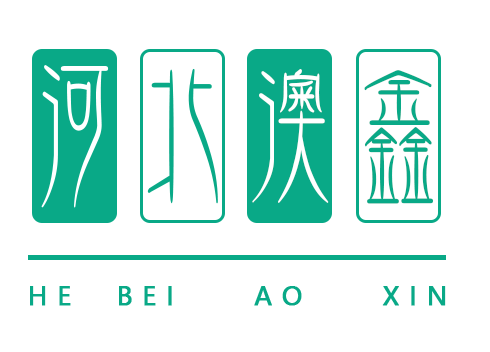
Aug . 21, 2024 12:07 Back to list
Purchase Temporary Fencing Solutions for Construction Sites and Factories
Temporary Fencing for Construction Sites A Practical Investment
When embarking on a construction project, one of the fundamental considerations is the safety and security of the site. This is where temporary fencing plays a crucial role. As construction sites can often attract unwanted attention, ensuring that the area is cordoned off is essential for the protection of both the workers and the public. Whether for commercial building sites, residential developments, or industrial projects, buying temporary fencing is a prudent investment that helps in managing various risks.
Benefits of Temporary Fencing
1. Enhanced Safety and Security The primary purpose of temporary fencing is to create a secure perimeter around the construction site. This helps in preventing unauthorized access, thereby safeguarding equipment, materials, and personnel. A well-fenced site reduces the likelihood of theft and vandalism, and it can serve as a physical barrier against potential accidents.
2. Compliance with Regulations Many cities and municipalities have strict regulations regarding construction site safety. Temporary fencing ensures compliance with these regulations, which often mandate that sites are properly enclosed. Failure to adhere to these regulations can result in hefty fines and project delays, making it imperative to invest in suitable fencing solutions.
3. Crowd Control Construction sites can sometimes attract crowds, especially if the project is large or highly anticipated. Temporary fencing helps in controlling the flow of foot traffic, directing visitors safely and effectively around the site and away from hazardous areas. This is particularly important in urban environments where mixed-use spaces are common.
4. Versatility and Flexibility Temporary fencing is available in various forms, including panels, chain link, and barriers. This versatility allows construction managers to tailor the fencing solution to fit specific site requirements. Additionally, temporary fences can be reconfigured or relocated as the project evolves, accommodating changes in layout or scope.
5. Cost-Effectiveness Compared to permanent fencing solutions, temporary fencing is generally more affordable and quicker to install. Most construction projects are time-sensitive, and having the ability to quickly set up and dismantle fencing can save both time and labor costs. Moreover, many companies offer rental options, allowing firms to pay only for the duration they need the fencing.
buy temporary fencing for construction site factories

Choosing the Right Temporary Fencing
When considering the purchase or rental of temporary fencing for a construction site, several factors should be taken into account
- Height and Material The height and material of the fence should align with the specific security needs of the site. In areas where theft is a concern, taller and more robust fencing options may be necessary.
- Accessibility Ensure that gates or access points are included in the fencing design to allow for easy entry and exit for workers and equipment.
- Local Regulations Check local laws and regulations that may dictate specific requirements for construction site fencing.
- Foot Traffic Considerations If the site is near public areas, opt for fencing that includes visual barriers to prevent distraction and ensure the safety of passersby.
Conclusion
Investing in temporary fencing for construction sites is not just a matter of compliance; it is about creating a secure and safe environment for everyone involved. By clearly demarcating the construction area, site managers can protect their assets, reduce liabilities, and foster an overall more efficient project. Whether purchasing or renting, choosing the right temporary fencing solution is an essential step towards successful project execution. In the fast-paced world of construction, such investments are vital for ensuring smooth operations within the boundaries of legality and safety.
-
Picnic Blanket Backpack – Durable Quilted Mat, Ideal for Outdoor Activities, Direct from Factory
NewsJul.08,2025
-
Picnic Blanket Fleece – Extra Large, Soft & Durable Outdoor Blanket from Leading Factory Suppliers
NewsJul.08,2025
-
Premium Outdoor Sleeping Bag for Baby – Wholesale Suppliers, Factories & Manufacturers
NewsJul.08,2025
-
Sleeping Bag Camping Wholesale – China Outdoor Camping Sleeping Bag Manufacturer & Supplier
NewsJul.07,2025
-
Best Outdoor Camping Tents for Sale China Wholesale Supplier & Manufacturer
NewsJul.07,2025
-
Waterproof Picnic Mat - Sand Free Beach Mat Blanket Factory & Supplier Direct Price
NewsJul.06,2025
